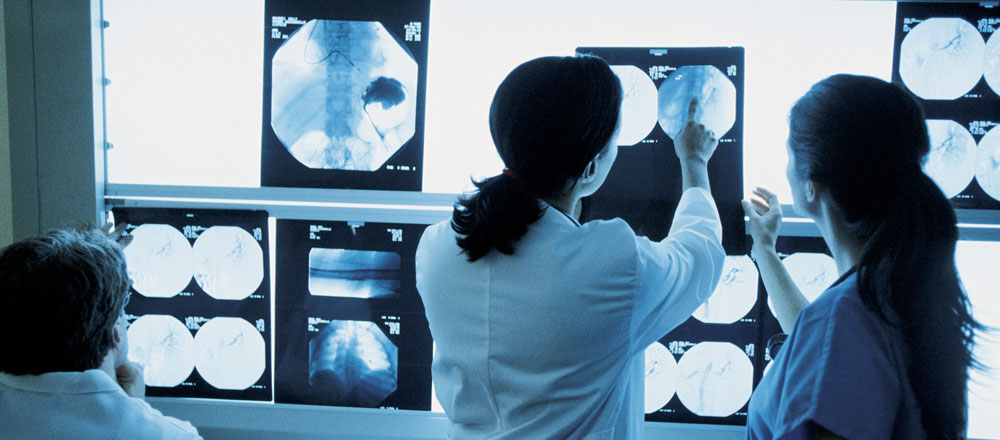After graduating as a radiologist there are steps you can take that will help you solidify your career. These advanced forms of studies are important to build your knowledge and it also looks good on paper. If you want to be competitive in the market, you need to do all you can to be the best. Joining a fellowship program is one of those steps you can take to become a better radiologist. You will be exposed to a host of clinical exposure which gives you that practical training you will need when you start working.
Here is a list of steps you have to go through to get you to where you want to be.
Applying
There are fellowship programs that have specific time periods and some who accepts applications year round. Make sure you research the programs you are looking at and check when the application should be in. Normally you should apply about 16 months prior to the fellowship start date. You also need to provide 3 referees’ on your application. Think long and hard about the best people to put down as referees. Make them aware that you have put their names down so that they are available and prepared for the phone call or email.
Personal Statement
Your personal statement should reflect the person you are and why the institution should select you out of a bunch of applicants. Look at the eras personal statement guidelines and ensure that you are following all the rules. Make sure your personal statement is professional and reflects the fact that you are a qualified radiologist. Gather all your eras documents and include these in your application. Give yourself enough time to write and rewrite a personal statement. Do not rush this process because this is where you convince the committee to accept you or not.
Course Options
Clinical research will form a big part of your course program during your radiology fellowship. There are different directions you can go with your fellowship depending on your expertise. The University of Minnesota offers a great nuclear radiology fellowship program. This is a 12 month intense program directed at diagnostic radiology specialists. The program focuses on the diagnostics to detect and treat the disease.
Vascular and interventional radiology fellowship is another course you can take. This is also a one year program and focuses on procedural training in vascular and non-vascular interventions. You would have had to complete an ACGME or an equivalent diagnostic radiology residency. The specific types of radiology fellowships usually are run by experts in the field so you are really learning from the best.
Breast imagery is one of the more popular radiology fellowships out there. There is a need in the market for it and radiologists could cement their futures by going this route. These courses usually include digital mammography, breast MRI and breast ultrasound just to name a few. With the growing statistics in breast cancer, there is a gap in the market for more specialists in this field. It is important to follow the route you are most passionate about as well as researching these kind of gaps in the market. Aligning yourself in a positive way will allow you to make a difference in medicine as well as get great satisfaction from your job.
These are just a few options you can align yourself to but there are many other areas of specialty. It is important to know where you want to end up the minute you register. This way you can pave the way and solidify your future in radiology.
Conclusion
Any post graduate program is going to be challenging. You need to find the one you are most passionate about to actually make it through those long hours in class and out of class. Prepare yourself for a lot of physical training and it would be great if you start healthy lifestyle. Read latest health & fitness information on all day health and fitness You are already a qualified radiologist and that says something in itself. You can chose to not do a fellowship program or you can specialize in a specific field of radiology. The amount of exposure you are getting through these programs can help you when dealing with an ordinary patient.
Sacrificing another year or two is nothing compared to what you will gain. There are only a handful of radiologists accepted into fellowship programs a year. You need to make sure you apply early and get your name into the hat. There really is nothing to lose. If you don’t get chosen in the first year you applied, do it again the following year. Making a mark in your chosen profession is important and you need to aim to be the best. Remember, you need to apply more than a year in advance so do not wait a minute longer. The time is now!

